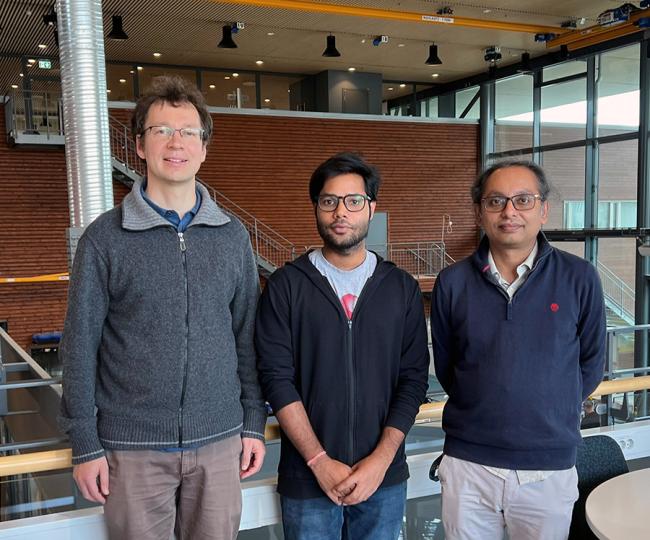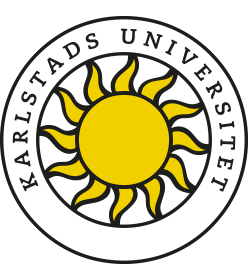Quantum Physics Research in Collaboration with Indian Institution
2025-06-26Over the course of several weeks, two researchers from Bangalore, India, have visited the university as part of an ongoing collaboration funded by STINT, the Swedish Foundation for International Cooperation in Research and Higher Education.
This is a long-term collaboration, says Sergej Moroz, Associate Professor of Physics. This time, it’s a PhD student, Ankush Chaubey, and his advisor, Subhro Bhattacharjee, who are here for a couple of weeks. Our joint work includes the study of spin liquids.
Spin liquids are a mysterious type of material where the tiny magnetic building blocks, called spins, never settle into a fixed pattern, no matter how cold it gets. Instead, they remain in constant, liquid-like motion. What makes them particularly fascinating is that their behavior is more than just the sum of their parts; something new emerges from how the spins interact. A key element in this is quantum entanglement, a strange connection between particles that links their behavior even when they’re far apart. In spin liquids, entanglement weaves the spins into a complex network, creating collective properties that cannot be traced back to individual parts. This makes spin liquids a powerful example
of how quantum physics can give rise to entirely new forms of matter.
– I’ve really appreciated the opportunity to come here and explore what we can achieve together, as my doctoral research is in this field, says Ankush Chaubey. It’s also been confirmed that I’ll return this autumn for another visit, and after my dissertation, I’ll be a postdoc here at Karlstad University.
Joint Conference in Bangalore
– We’re collaborating on multiple levels, says Subhro Bhattacharjee, Professor of Physics at ICTS, the International Centre for Theoretical Sciences. In January 2026, we’ll jointly host an international conference at our institution in Bangalore.


